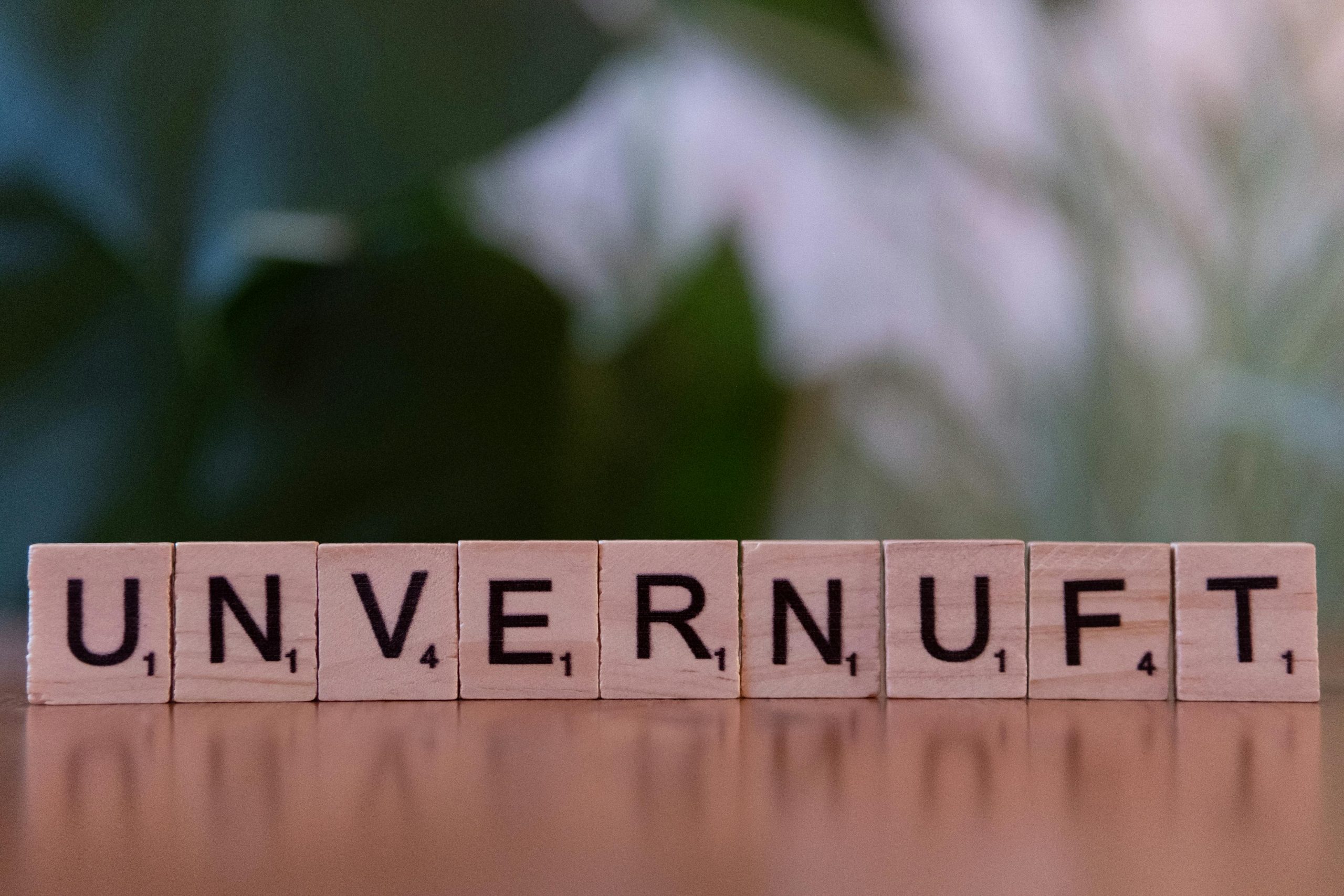How to Resolve the “Install Driver to Show Hardware” Error During Windows Installation
Building a new PC can be an exciting project, but it often comes with its own set of challenges, especially when it comes to installing the operating system. One common hurdle faced by enthusiasts and professionals alike is the “Install Driver to Show Hardware” message that appears during Windows installation. This issue typically indicates that Windows cannot detect the connected storage devices, preventing you from proceeding with the setup.
In this article, we will explore the causes of this problem, share a real-world scenario, and provide a practical solution to help you successfully install Windows on your custom PC build.
The Scenario
A user recently assembled a high-performance PC for their uncle, featuring:
- Motherboard: ASUS B650E Prime WiFi
- Processor: AMD Ryzen 9 7950X
- Graphics Card: Gigabyte Windforce OC RTX 5070 Ti
- SSD: Western Digital Black SN850X
- RAM: KLEVV CRAS V RGB (2x16GB)
- Power Supply: MSI MAG A850G
- Cooling: ASUS Prime LC360 AIO
The user prepared a Windows 11 installation USB using Rufus, booted into the BIOS, and verified that the NVMe SSD was detected at this stage. Despite this, during the Windows installation process, the system failed to recognize the SSD, prompting the “Install Driver to Show Hardware” message — a common indication that Windows cannot detect the storage device.
Troubleshooting Steps
-
Verify BIOS Settings:
Ensure that the motherboard recognizes the NVMe drive before starting installation. Check for settings such as “UEFI Mode,” “NVMe Configuration,” and ensure that fast boot is disabled temporarily. -
Attempt Different Installation Media:
The user tried both Windows 10 and Windows 11 installation images, but the problem persisted across charts. -
Test Booting from USB on Different Systems:
To rule out media corruption, the user booted their own PC from the same USB, encountering the same issue, confirming that the problem was related to the installation media or process.
The Solution
The breakthrough came when the user decided to create a different Windows 10 installation flash drive. Using an alternative USB drive with a freshly prepared Windows 10 ISO, they attempted the installation again. Suddenly, the system recognized the NVMe drive and proceeded without issues
Share this content:

